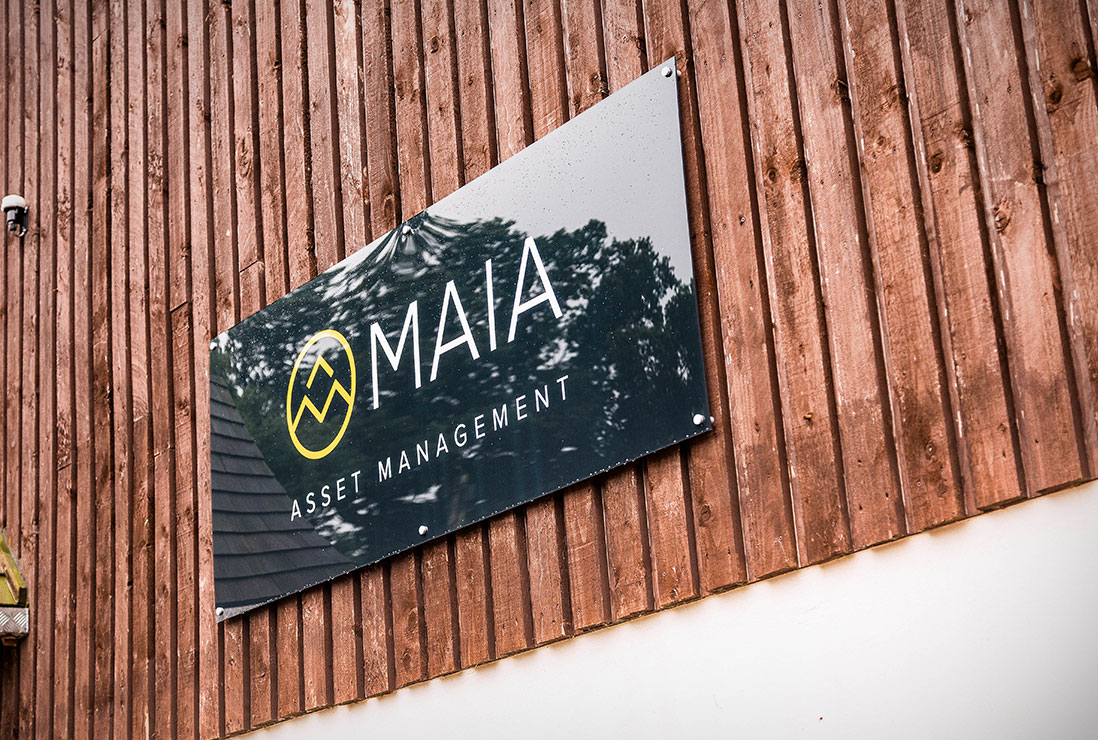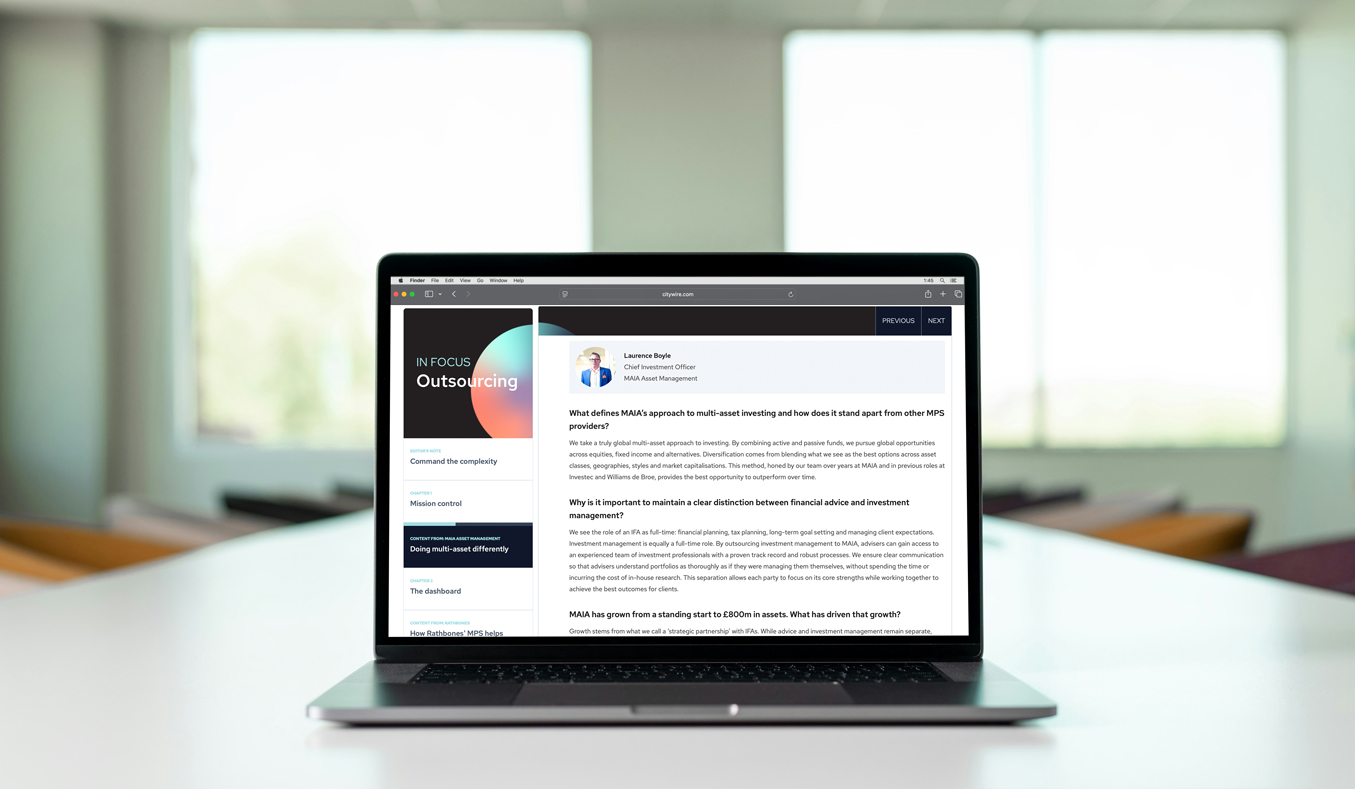
A Strong Start to the Year – But a Complex One
2025 has already been a year of shifting narratives and renewed volatility. The first half of the year has been dominated by the reemergence of trade friction, most notably through the promise of new tariffs across major economies. Despite this backdrop, MAIA portfolios have delivered positive performance across all risk levels. This outcome reflects our active approach, with allocations across differing asset classes, regions, and investment styles that have benefited from both market trends and relative value opportunities.
Trade Tensions Take Centre Stage
The defining theme in the first half of the year has undoubtedly been the renewed focus on tariffs. A mix of post-election politics, reshoring incentives, and rising geopolitical tensions has seen trade policy return as a key driver of market behaviour. “Liberation Day”, a key turning point in April, has ushered in a more protectionist stance from several leading economies.
The immediate market reaction was one of uncertainty, but it quickly became clear that not all regions would be impacted equally. As companies and consumers adjusted, markets began to reassess where growth and profitability might be most resilient in a more fragmented global trade environment.
Markets React: A Rotation Beyond the US
Interestingly, while the US remains central to global markets, it has not been the dominant driver of equity returns in 2025. Our portfolios have benefitted from this trend, reflecting a deliberate tilt towards non US markets as we identified compelling opportunities for long term investment which have been exacerbated by recent trade tensions. More importantly these investment opportunities are still not fully played out, even with the recent upside for investors.
Investment Styles and Sizes shifting?
Value style equities have seen a resurgence due to favourable market conditions. Their characteristics of quality earnings, lower valuations and links to a more de-globalised economy have benefitted our portfolios.
There has also been a resurgence in returns away from just large and mega cap equities globally, as investors re-evaluate the impact of trade, interest rates and inflation on smaller, more domestic type businesses. These stocks have seen positive returns due to the economic backdrop, again something that has benefitted our equity allocation due to our asset allocation which invests across the market cap spectrum.
Fixed Income: Balancing Volatility with Strategy
Fixed income markets have been volatile, but not always predictable. Yields have swung sharply at times, driven by a mix of interest rate expectations and trade-related repricing of global growth. Importantly, yield moves this year have reflected not only central bank policy, but also the perceived impact of tariffs on supply chains, inflation, and demand.
Our barbell approach to fixed income – with a mix of short-dated corporate credit, including high yield, and longer-duration government debt – has helped manage this volatility. Shorter maturities have provided income and resilience, while longer-dated bonds continually stand to benefit from any interest rate cuts made by central banks.
What Comes Next?
Looking ahead, the remainder of 2025 is likely to be shaped by three interconnected forces:
1. Trade deadlines and tariff extensions, with key decisions expected during Q3, these will influence global investment flows as more is known about long term trade between countries and businesses in the future.
2. Central bank decisions – especially from the Federal Reserve, Bank of England and European Central Bank – will guide interest rate expectations and market sentiment.
3. Political risks, including elections, regional instability, and shifting global alliances, could drive inflation volatility and add uncertainty to commodity and currency markets.
These factors present both challenges and opportunities for investors – and call for a flexible, active approach.
MAIA’s Positioning: What’s Driven Performance So Far and Looking ahead
We’re pleased that MAIA portfolios have delivered strong results in this environment. This has been driven by:
- Active asset allocation: tilting away from overvalued regions and toward areas of greater potential with lower valuations.
- Selective fund choices: backing managers and strategies with a proven process and style discipline.
- Cross-asset diversification: using equities, fixed income, and alternatives in a complementary way to increase diversification, reduce volatility and increase alpha opportunities with lower correlations.
Within equities, we have focused on a blend of styles and sizes, while maintaining a preference for investing globally. The UK, Europe, Japan, and Emerging Markets have all contributed positively to returns so far this year and we believe additional returns are still available in these regions and so we continue to be overweight to these areas moving through 2025.
We believe there is opportunity in the US as well, however with valuations continuing to increase, risks are skewed to the downside by being market weighted and so we continue to utilise active managers in this space.
Alternatives: Building in Resilience
Our allocations to alternatives have delivered meaningful returns, including:
- Gold and gold miners, which have benefited from geopolitical uncertainty and inflation concerns meaning investors continue to invest in safe haven assets, especially in areas like gold which has less impact from large fiscal deficits globally.
- Defined return strategies, which provide asymmetric return potential in volatile equity markets.
- Infrastructure, offering income and inflation-linked growth, often less correlated with equity markets.
These individual alpha opportunities with lower correlations to the other assets held in our portfolios continue to be a key component for our asset allocation. With volatility continuing from multiple sources, we believe having exposure to these asset classes remains important.
Why Diversification and Selectivity Matter More Than Ever
We believe strongly that this is not an environment where a passive or “hold-and-forget” approach will deliver optimal results. Too many risks, from tariff escalation to political fragmentation, can impact index-heavy portfolios in ways that are hard to unwind. At the same time, too many opportunities exist outside of benchmark-heavy allocations to ignore.
We remain convinced that selectivity, diversification, and active management are essential. Our investment process is built around these principles, helping us to respond to change, manage risk, and position ahead of market shifts.
As the second half of the year unfolds, we expect new opportunities to arise – whether from tariff related repositioning, interest rate changes, slowing global growth, or the long-term effects of deglobalisation and political instability. We’re ready to respond.
This website is aimed at Independent Financial Advisers, please tick the box to confirm that you are an IFA before entering the website.








